Prosthetics and sculpture: art meets medicine at the Henry Moore Institute
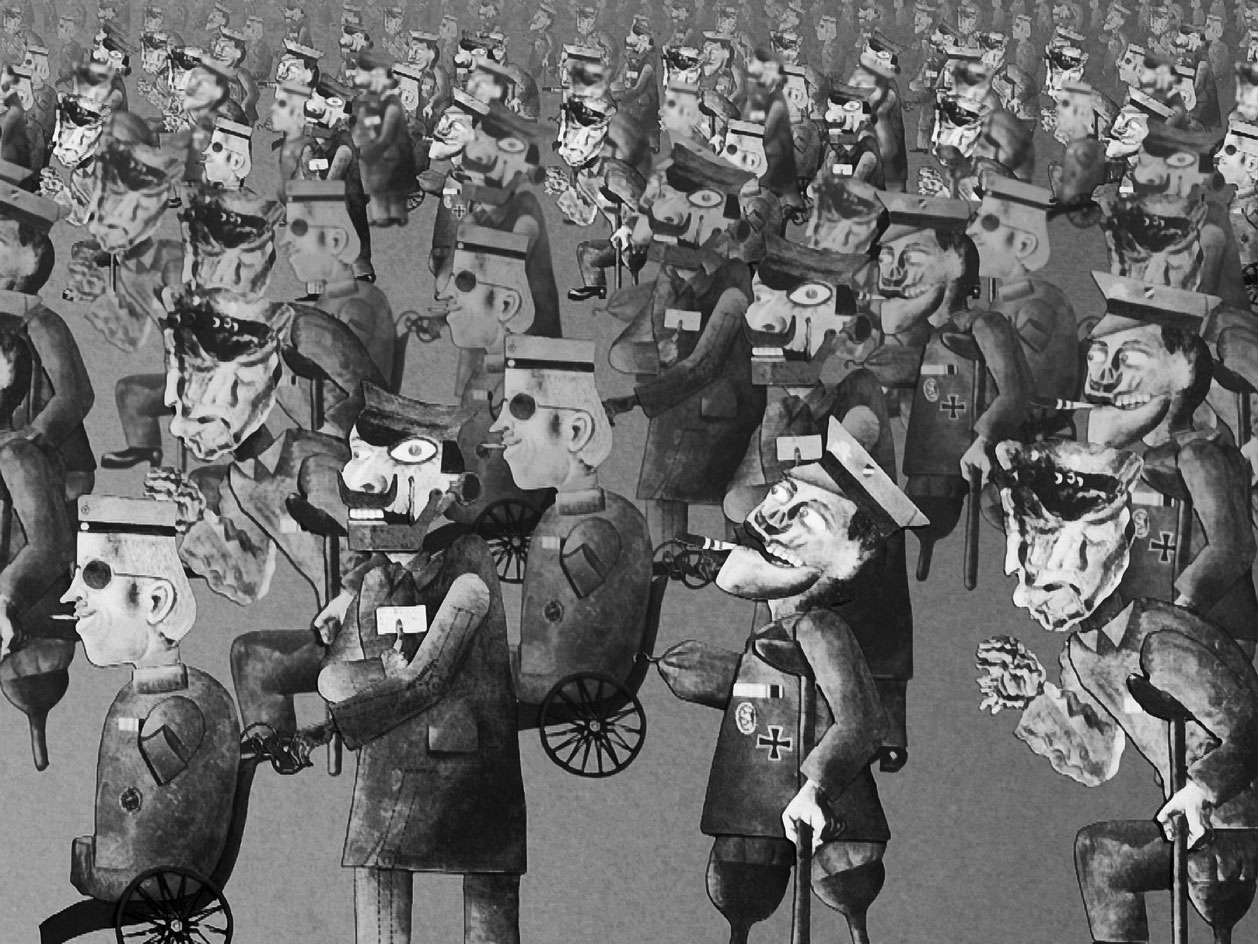
Is art useful? As part of its mission to 'to bring people together to think about why sculpture matters' a new exhibition running until October at the Henry Moore Institute in Leeds presents the art of prosthetics, positing the pragmatic side to sculpture and its ongoing dialogue with advancements in medical science. On view across three galleries, the exhibition brings together more than 70 examples, from the turn of the 19th century up to a new outdoor sculpture by Rebecca Warren.
The exhibition puts a particular emphasis on the response of creative thinkers in the postwar periods in Europe, where designers, artists and doctors were searching for solutions for the fragmented body – as well as ways to articulate and express new hybrid bodies, part man, part machine. Among the remarkable makers is Francis Derwent Wood, a British sculptor, who after being exposed to the horrific injuries suffered by men during the First World War (during which more than 20,000 British soldiers alone were facially wounded) opened a clinic for the disfigured, sculpting custom-made masks from thin metal for soldiers to conceal their wounds. It’s part of a remarkable trajectory tracing the role of creativity in rebuilding and rethinking the body in times where it has been challenged by both politics and technology.
Alongside radical contemporary artists widely renowned for their interest in prosthetics and body modification – such as the late Louise Bourgeois and Rebecca Horn – are examples of experimentation with the forms and functions of the body by pioneers in other disciplines, such as the iconic design duo Charles and Ray Eames.
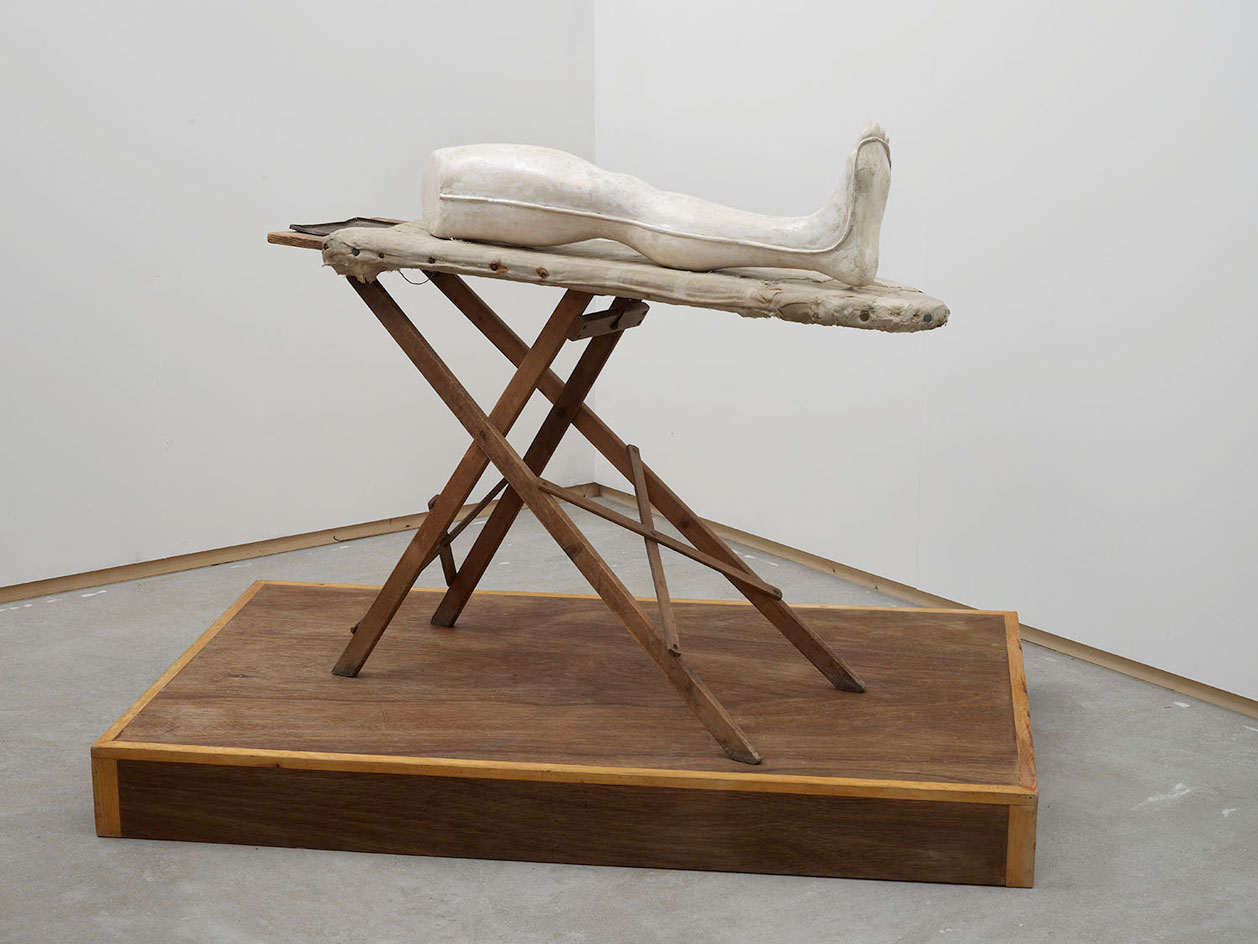
On view across three galleries, the exhibition brings together more than 70 examples from the turn of the 19th century up to the present day. Pictured: Louise Bourgeois' Leg, by Stuart Brisley, 2002.
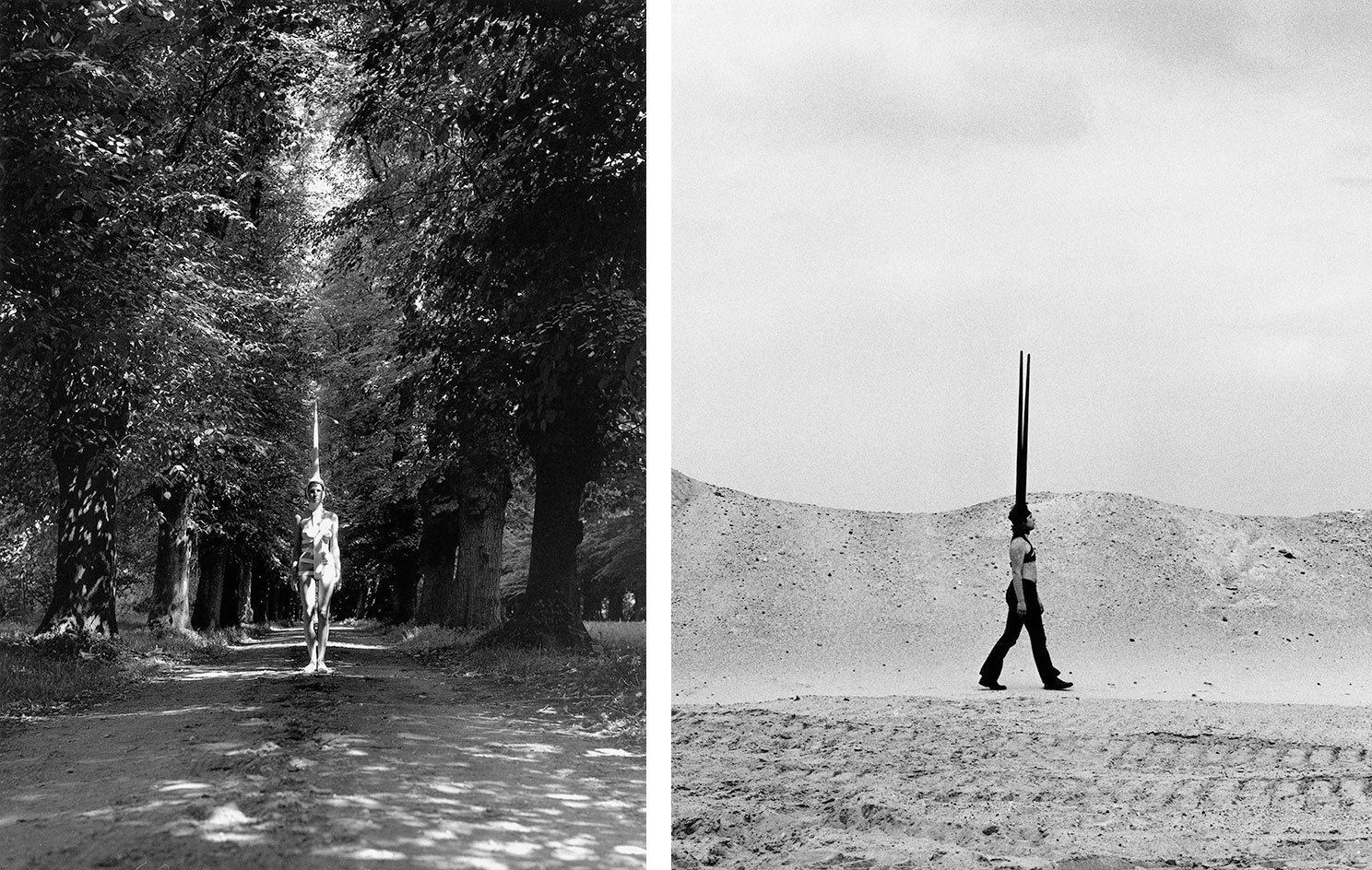
The exhibition puts a particular emphasis on the response of creative thinkers in the post-war periods in Europe, where designers, artists and doctors were searching for solutions for the fragmented body. Pictured left: Unicorn, by Rebecca Horn, 1970. Right: Moveable Shoulder Extensions, by Rebecca Horn, 1971.
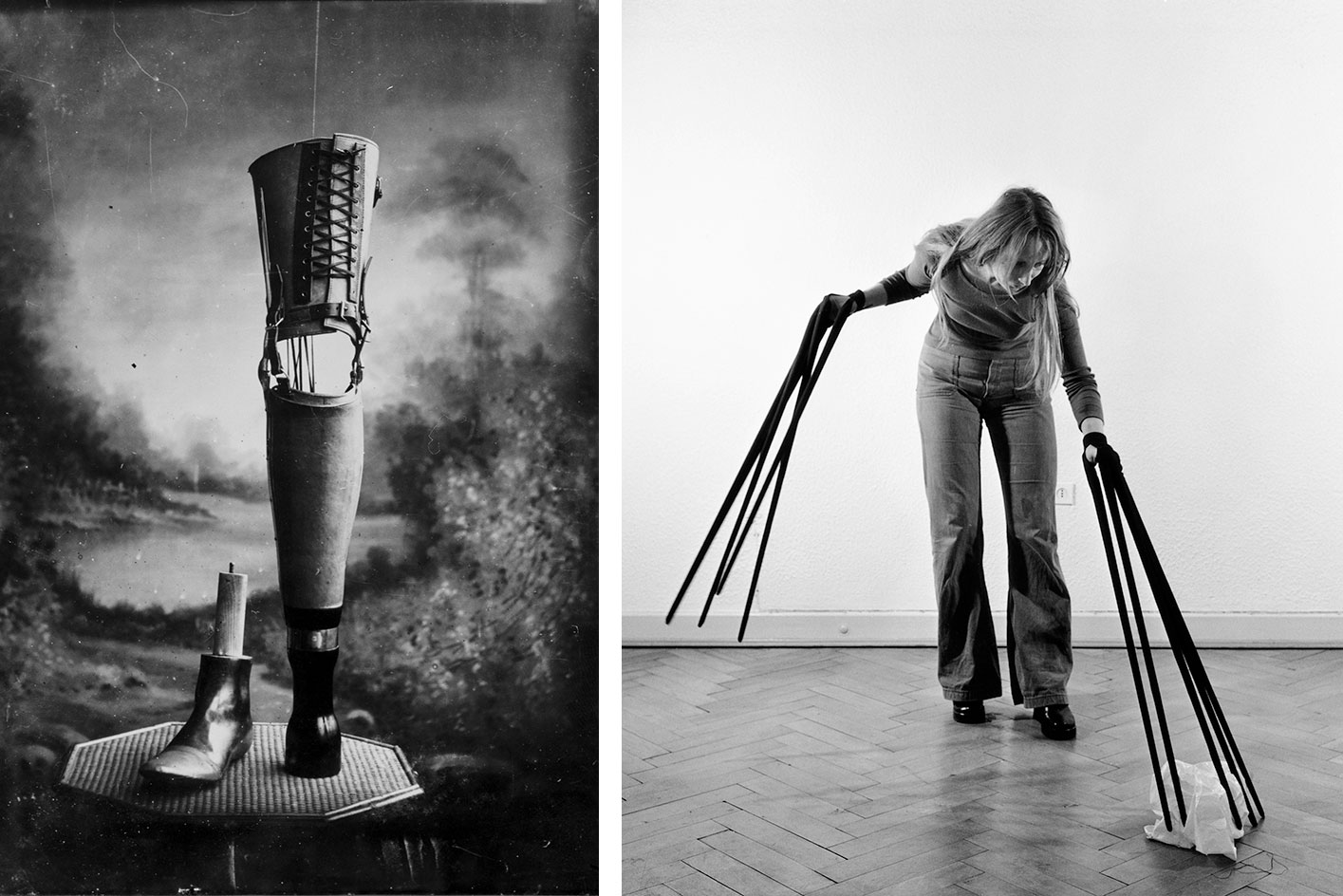
Pictured left: prosthetic devices for the leg, 1890–1910. Right: Finger Gloves, by Rebecca Horn, 1972.
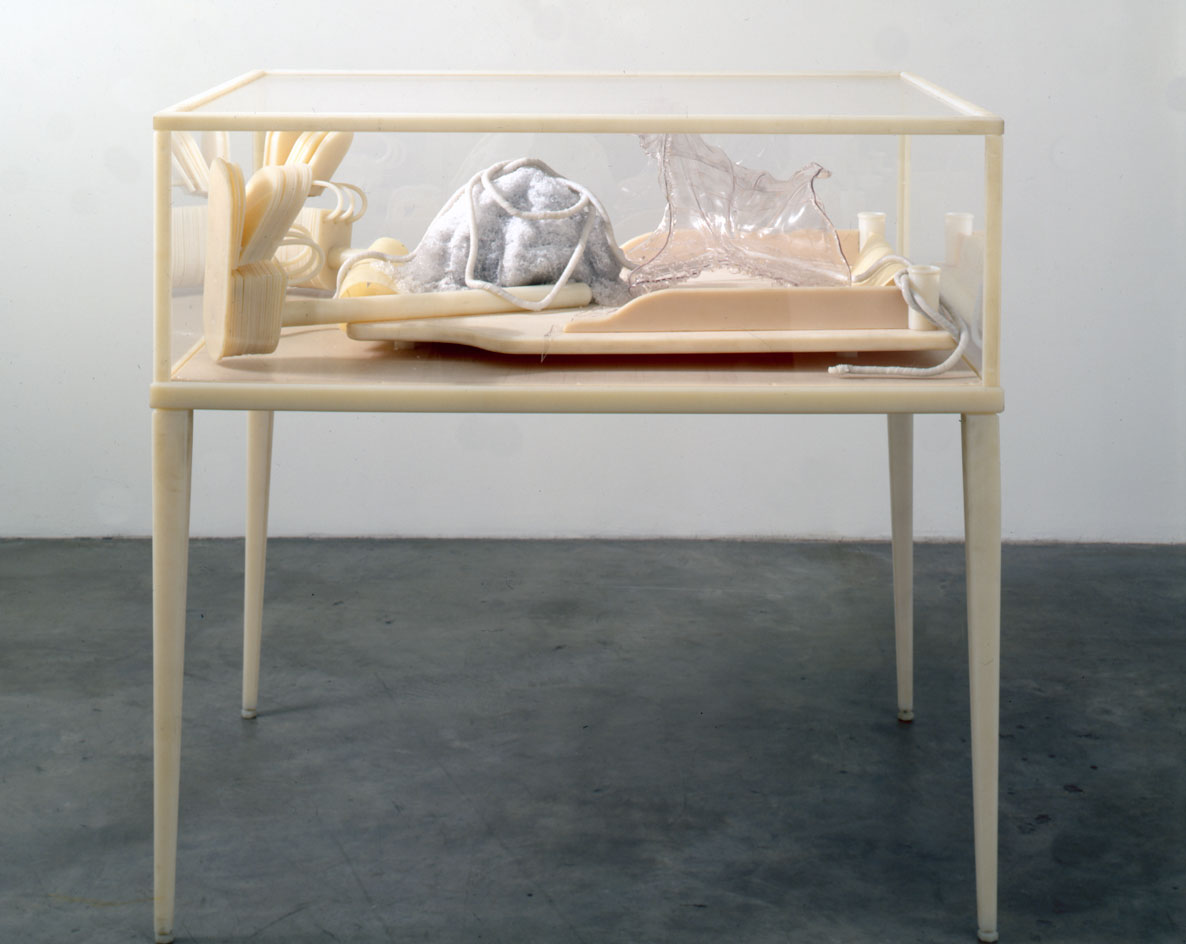
Pictured: The Cabinet of Bessie Gilmore, by Matthew Barney, 1999.
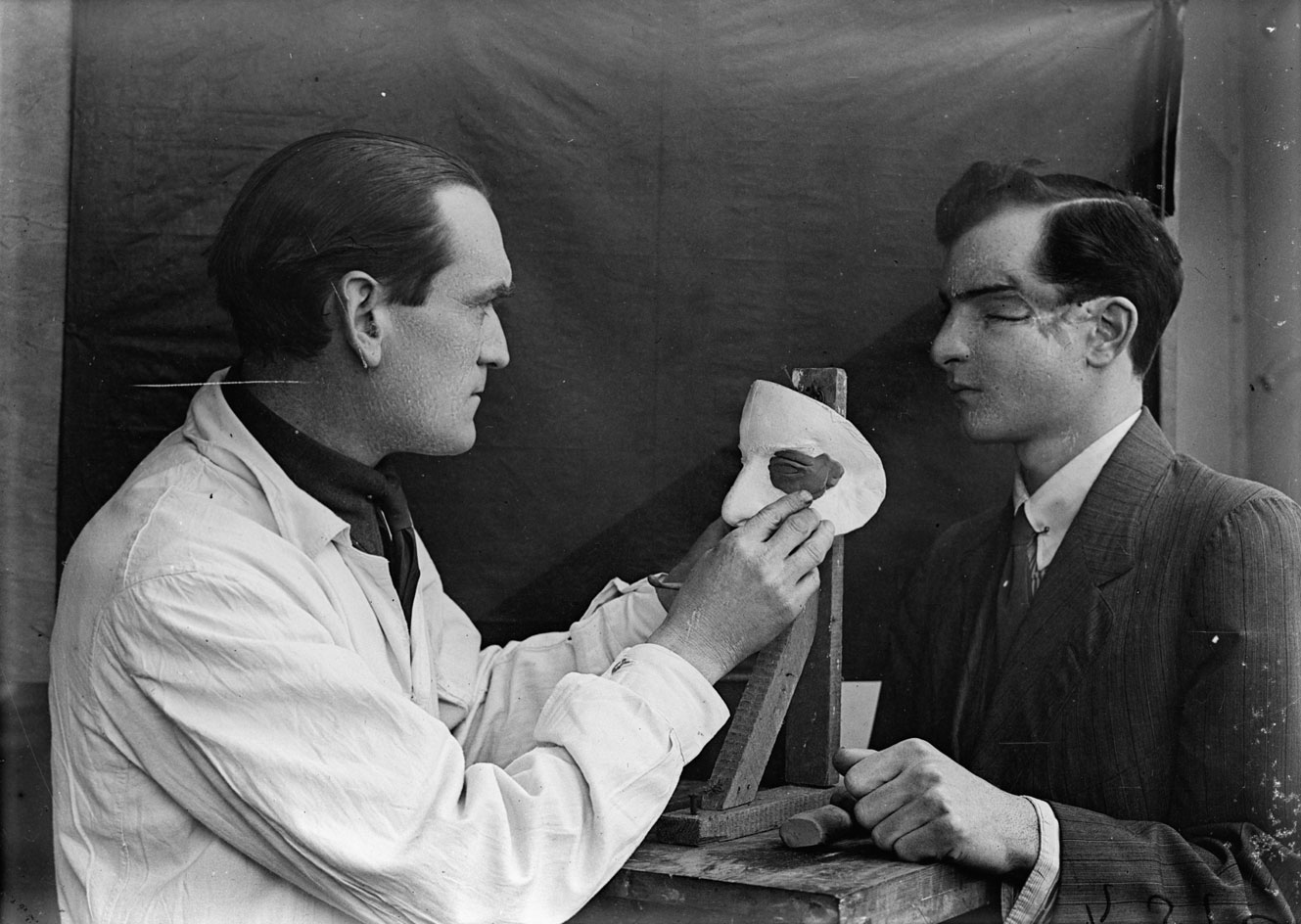
Among the makers is Francis Derwent Wood, a British sculptor, who after being exposed to the horrific injuries suffered by men during the first world war opened a clinic for the facially disfigured. Pictured: Captain Francis Derwent Wood RA of the Royal Army Medical Corps adds the finishing touches to a patient's new facial plate, c.1914–188.
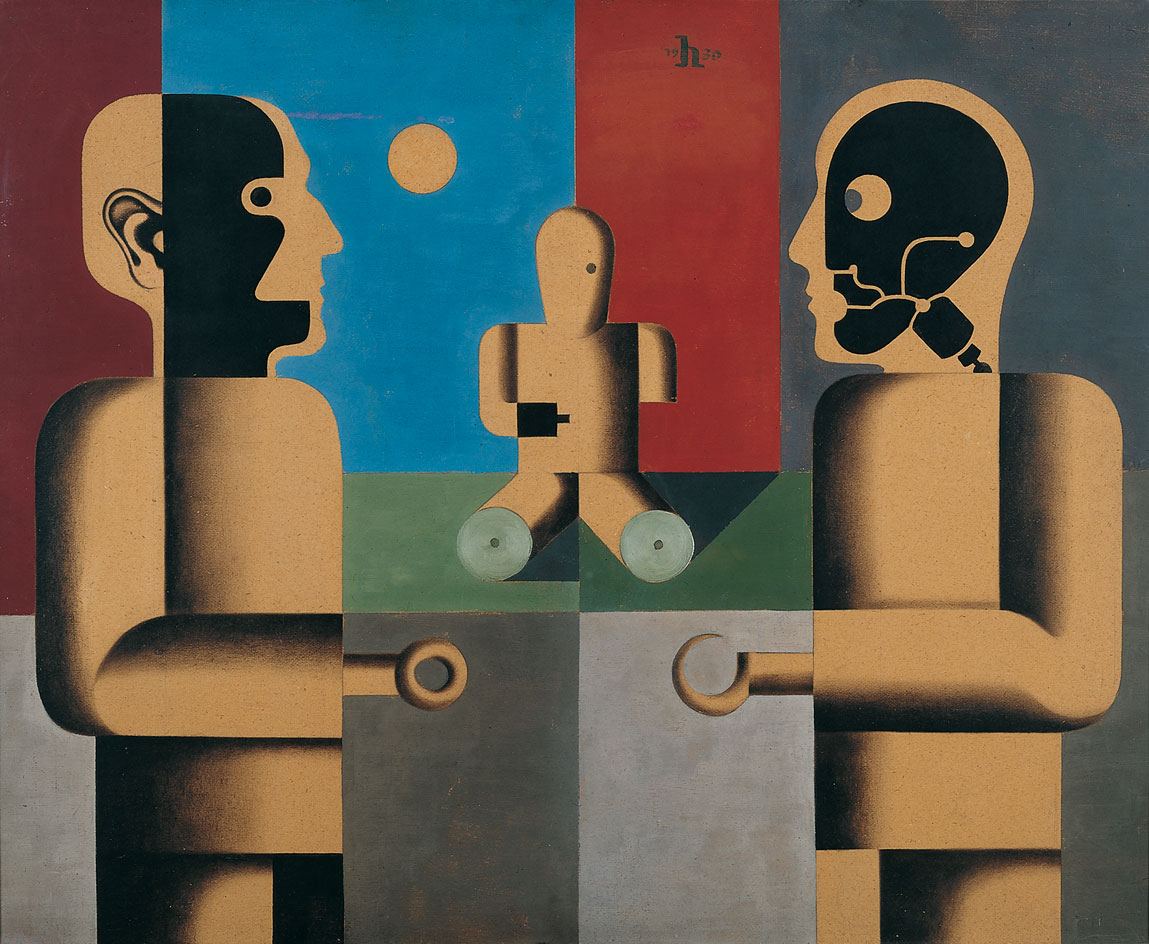
Pictured: Denkmal der unbekannten Prothesen (Monument to Unknown Prostheses), by Heinrich Hoerle, 1930.

Pictured left: Rock Drill, by Jacob Epstein, 1913. Right: Henriette, by Louise Bourgeois, 1985.
INFORMATION
’The Body Extended: Sculpture and Prosthetics’ is on view until 23 October. For more information, visit the Henry Moore Institute website
ADDRESS
Henry Moore Institute
74 The Headrow
Leeds, LS1 3AH
Receive our daily digest of inspiration, escapism and design stories from around the world direct to your inbox.
Charlotte Jansen is a journalist and the author of two books on photography, Girl on Girl (2017) and Photography Now (2021). She is commissioning editor at Elephant magazine and has written on contemporary art and culture for The Guardian, the Financial Times, ELLE, the British Journal of Photography, Frieze and Artsy. Jansen is also presenter of Dior Talks podcast series, The Female Gaze.
-
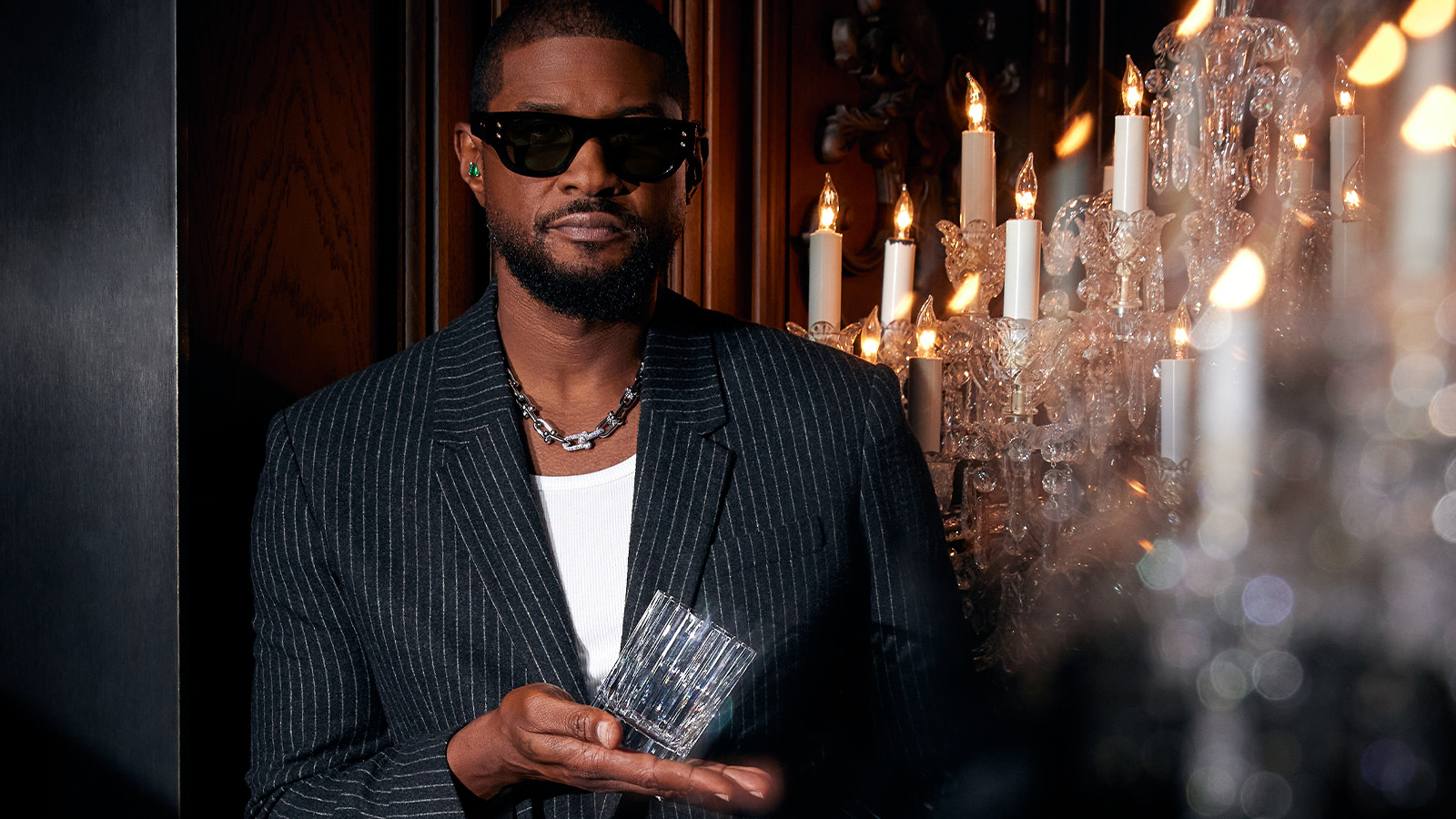 Usher opens up about breakfast playlists, banana pudding and why a glass tumbler is always on his rider
Usher opens up about breakfast playlists, banana pudding and why a glass tumbler is always on his riderOn the heels of a collaboration with Baccarat, the Grammy-winning singer-songwriter breaks down his entertaining tips. 'Hosting is an expression of how you feel about your guests and also who you are.'
-
 The beauty trends that will define 2026, from ultra-niche fragrances to anti-ageing dental care
The beauty trends that will define 2026, from ultra-niche fragrances to anti-ageing dental careAs we enter the new year, we speak to experts in fragrance, skincare, aesthetics, wellness and more about the trends that will be shaping the way we look
-
 The most stylish hotel debuts of 2025
The most stylish hotel debuts of 2025A Wallpaper* edit of this year’s defining hotel openings. Design-led stays to shape your next escape
-
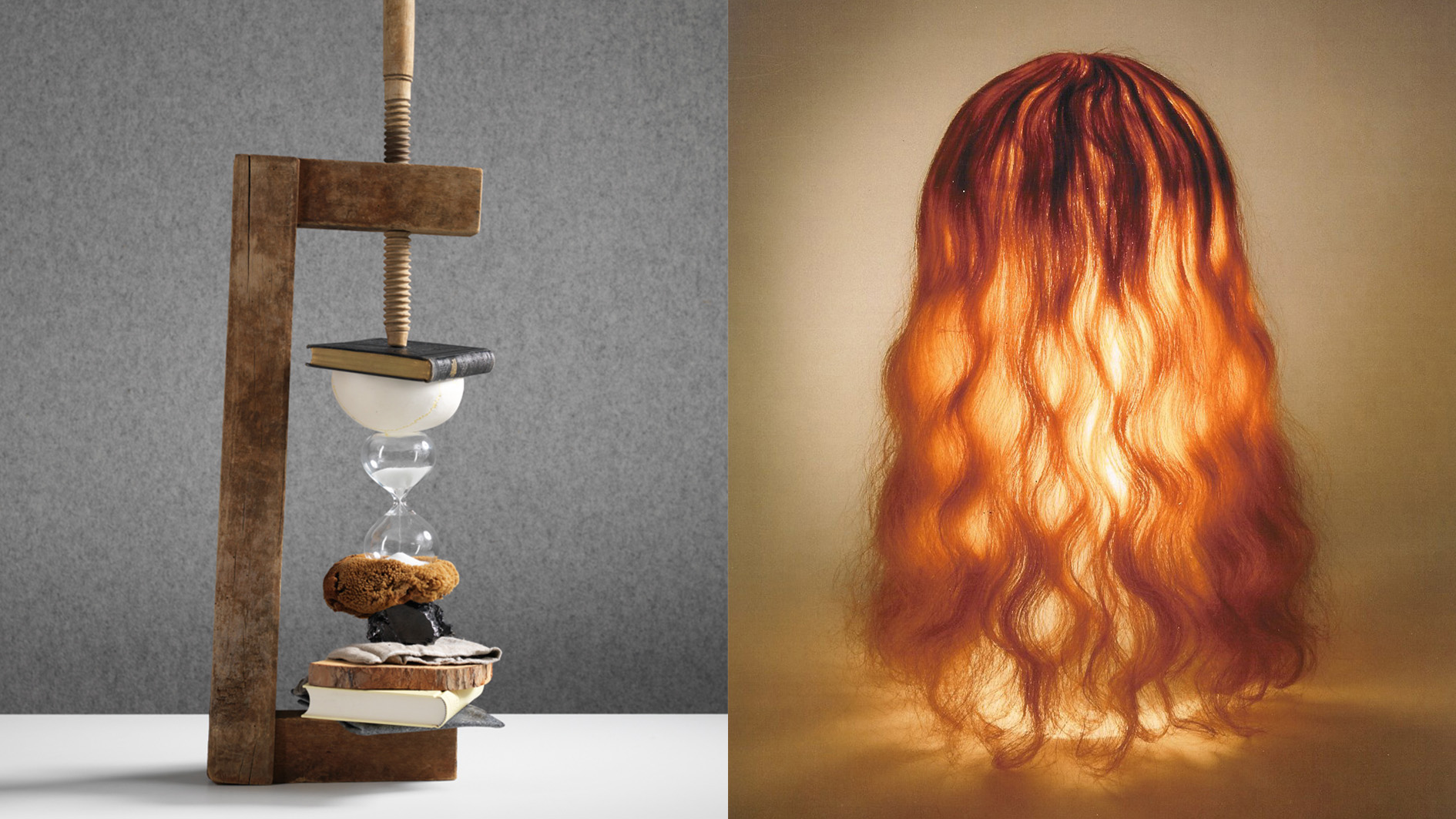 Rolf Sachs’ largest exhibition to date, ‘Be-rühren’, is a playful study of touch
Rolf Sachs’ largest exhibition to date, ‘Be-rühren’, is a playful study of touchA collection of over 150 of Rolf Sachs’ works speaks to his preoccupation with transforming everyday objects to create art that is sensory – both emotionally and physically
-
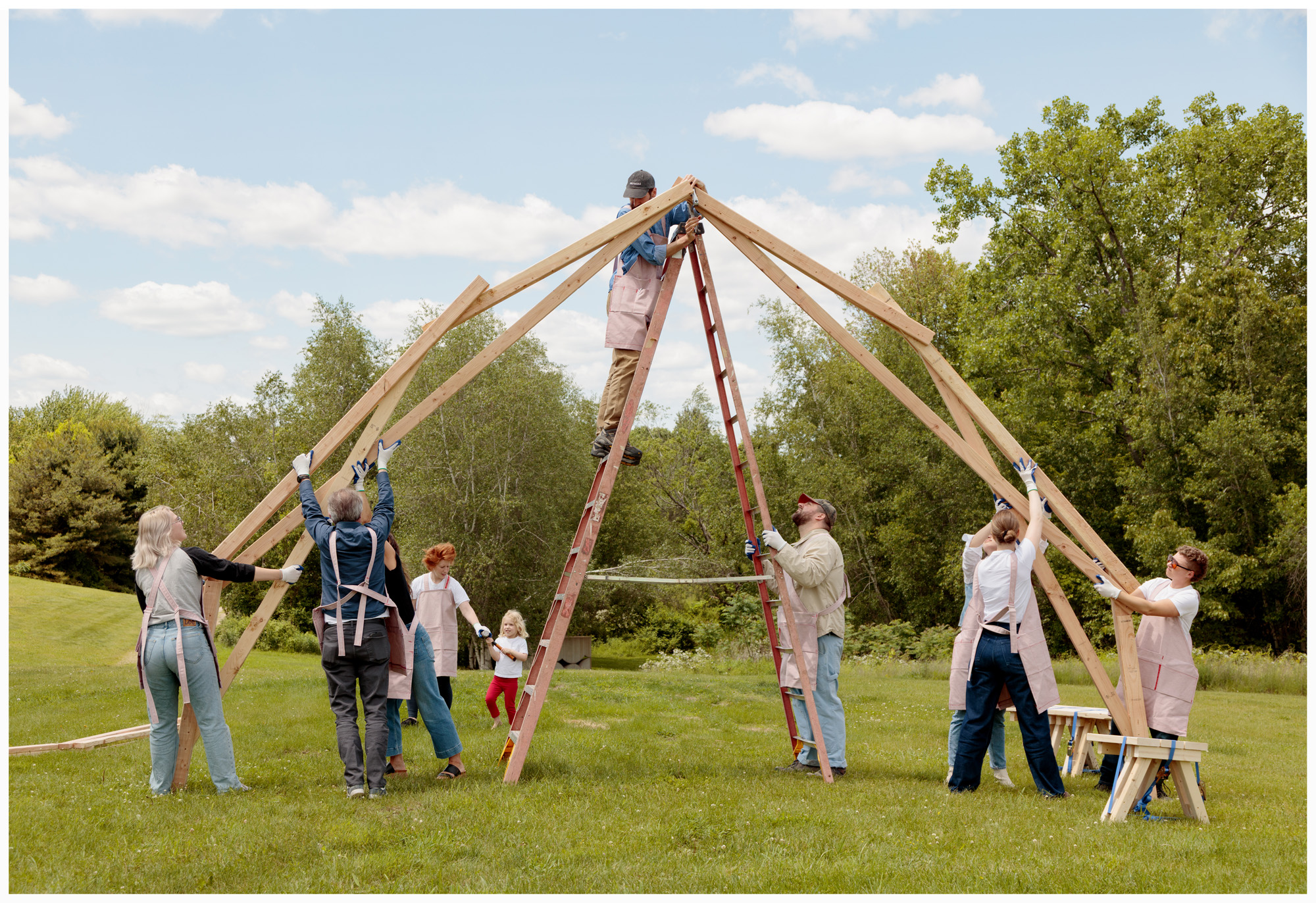 Architect Erin Besler is reframing the American tradition of barn raising
Architect Erin Besler is reframing the American tradition of barn raisingAt Art Omi sculpture and architecture park, NY, Besler turns barn raising into an inclusive project that challenges conventional notions of architecture
-
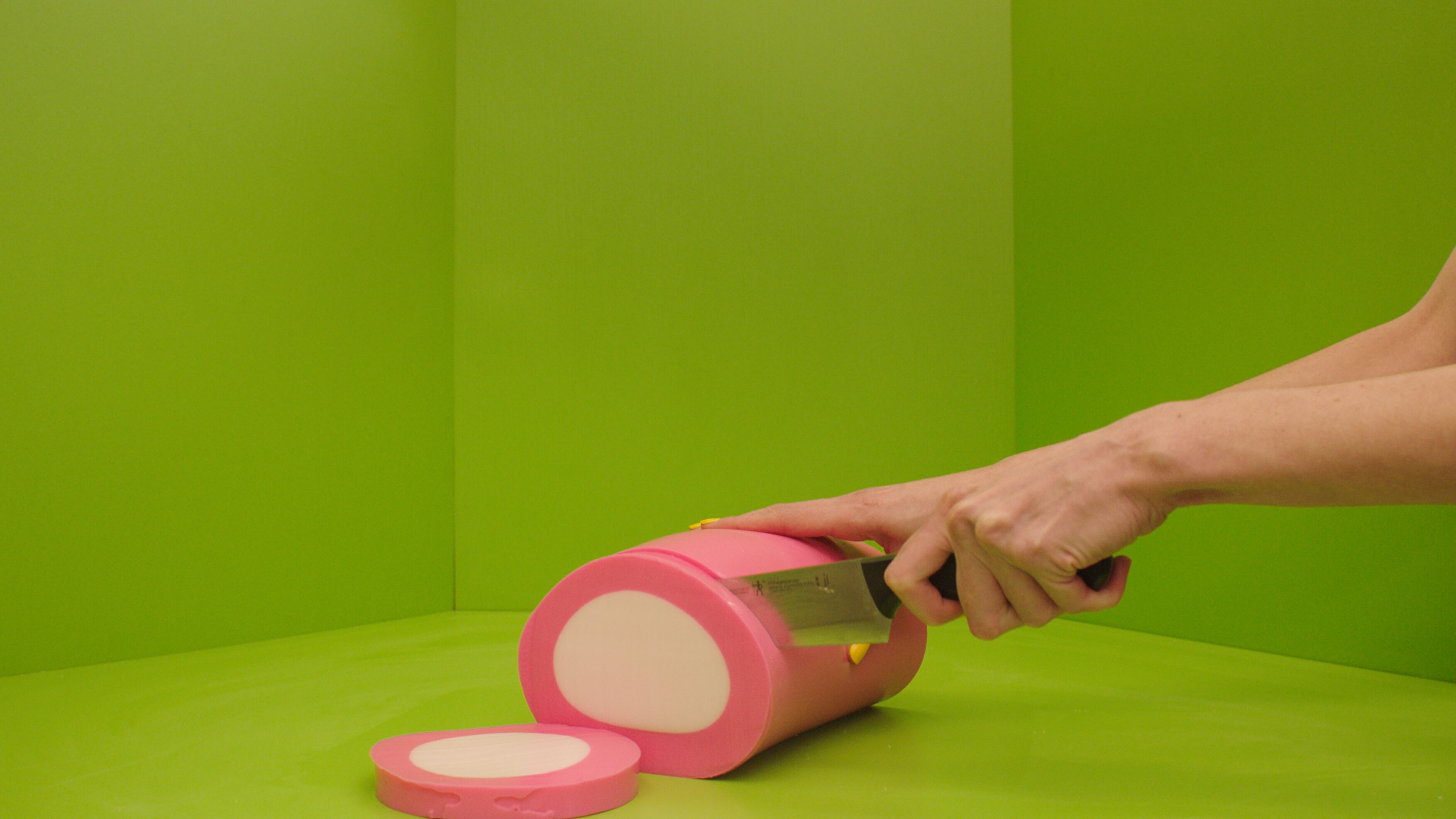 What is recycling good for, asks Mika Rottenberg at Hauser & Wirth Menorca
What is recycling good for, asks Mika Rottenberg at Hauser & Wirth MenorcaUS-based artist Mika Rottenberg rethinks the possibilities of rubbish in a colourful exhibition, spanning films, drawings and eerily anthropomorphic lamps
-
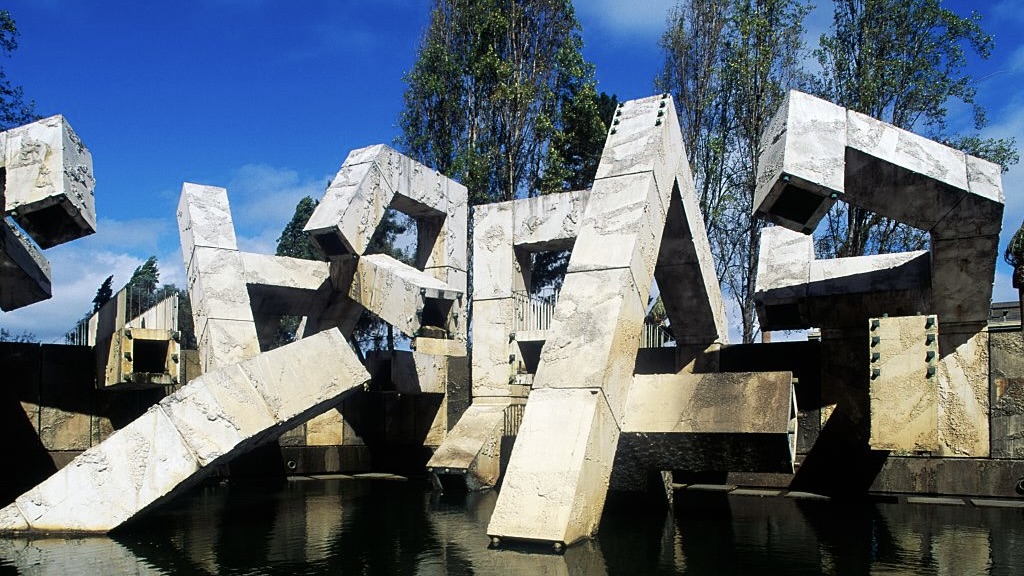 San Francisco’s controversial monument, the Vaillancourt Fountain, could be facing demolition
San Francisco’s controversial monument, the Vaillancourt Fountain, could be facing demolitionThe brutalist fountain is conspicuously absent from renders showing a redeveloped Embarcadero Plaza and people are unhappy about it, including the structure’s 95-year-old designer
-
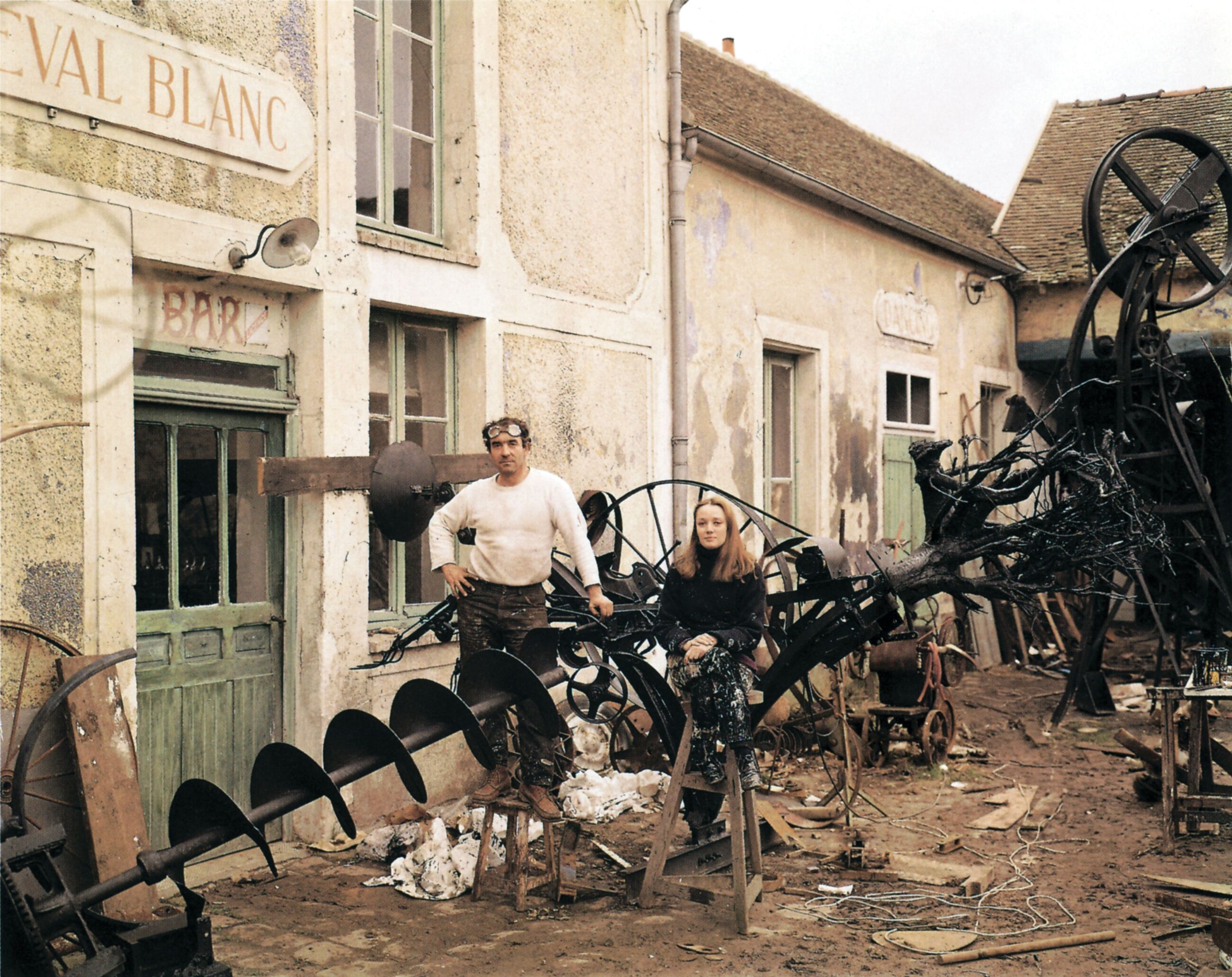 See the fruits of Niki de Saint Phalle and Jean Tinguely's creative and romantic union at Hauser & Wirth Somerset
See the fruits of Niki de Saint Phalle and Jean Tinguely's creative and romantic union at Hauser & Wirth SomersetAn intimate exhibition at Hauser & Wirth Somerset explores three decades of a creative partnership
-
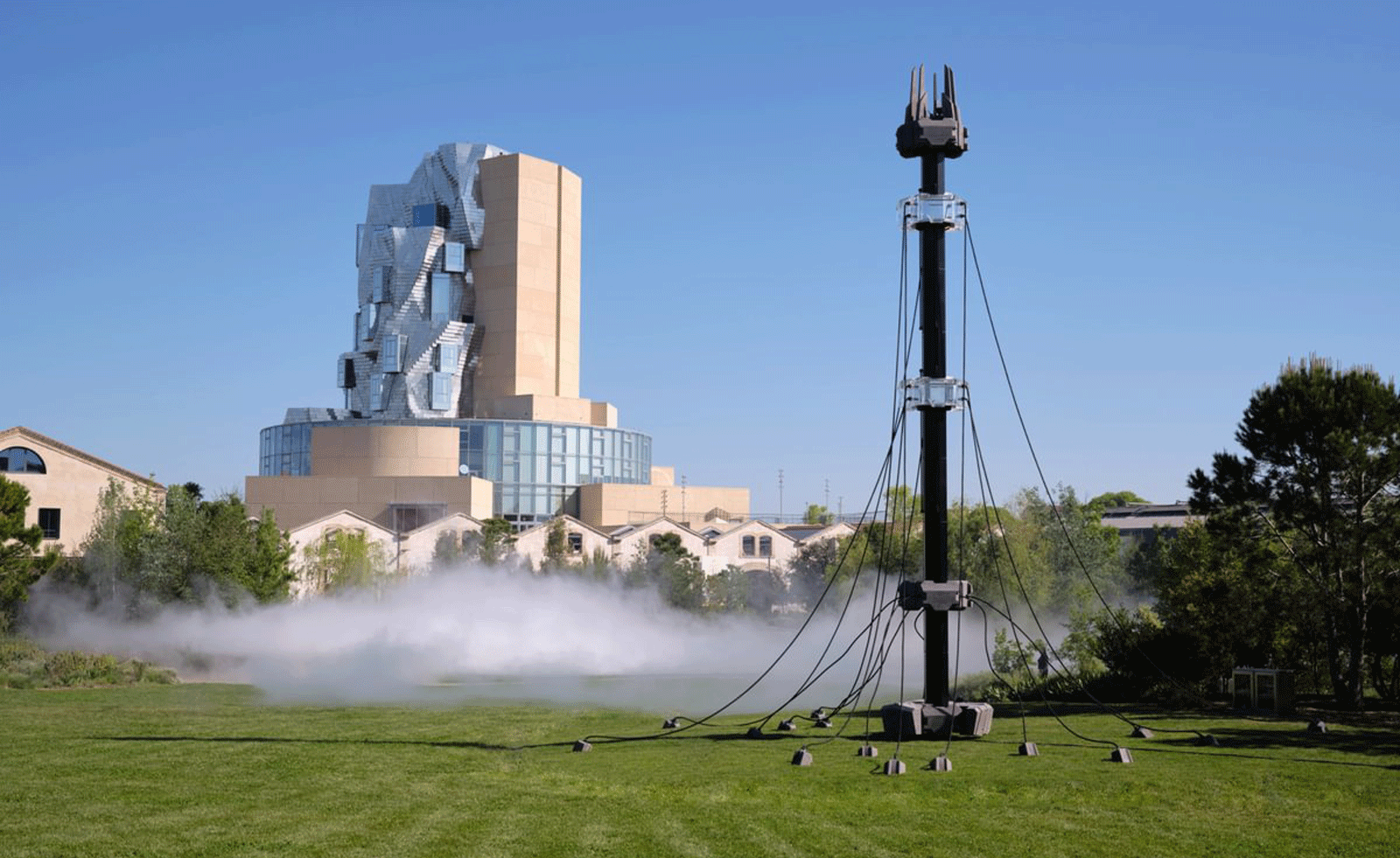 Technology, art and sculptures of fog: LUMA Arles kicks off the 2025/26 season
Technology, art and sculptures of fog: LUMA Arles kicks off the 2025/26 seasonThree different exhibitions at LUMA Arles, in France, delve into history in a celebration of all mediums; Amy Serafin went to explore
-
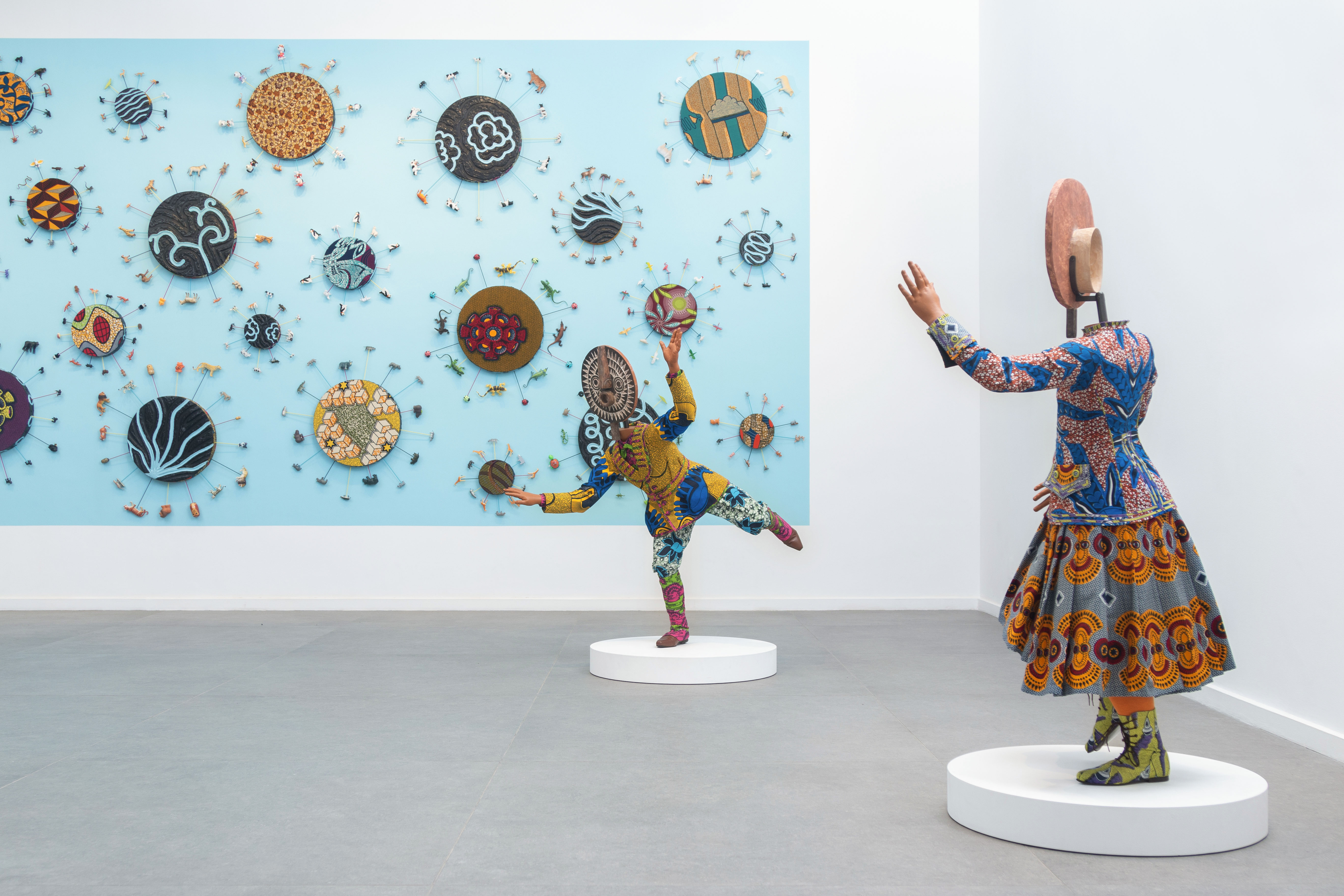 Inside Yinka Shonibare's first major show in Africa
Inside Yinka Shonibare's first major show in AfricaBritish-Nigerian artist Yinka Shonibare is showing 15 years of work, from quilts to sculptures, at Fondation H in Madagascar
-
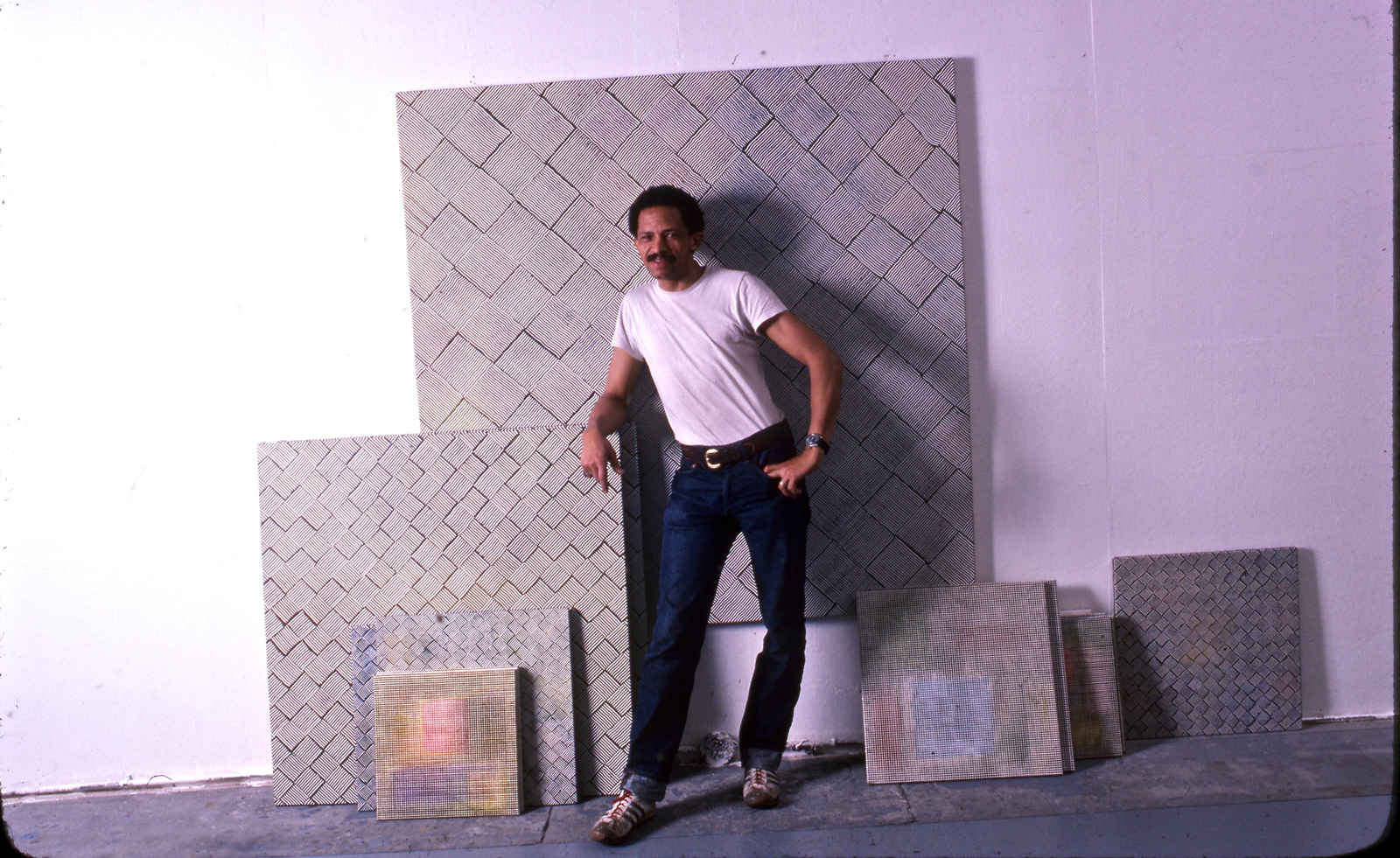 Inside Jack Whitten’s contribution to American contemporary art
Inside Jack Whitten’s contribution to American contemporary artAs Jack Whitten exhibition ‘Speedchaser’ opens at Hauser & Wirth, London, and before a major retrospective at MoMA opens next year, we explore the American artist's impact